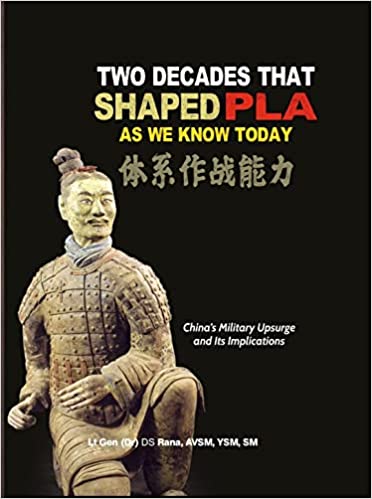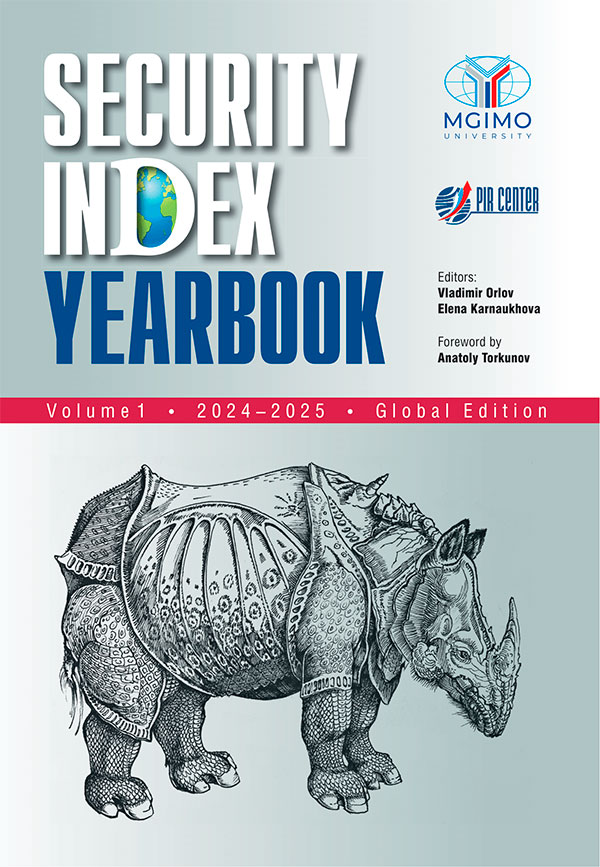... be cautious and try to avoid an alliance mentality and Western mistakes. For example, many experts believe that Russia’s suspension from the G-8 in 2014 sharpened the divide between the Global South and North. It also intensified the crisis in the Eurasia region. Second, if the BRICS decides on an alternative currency, then the currency must not be the national currency of any member country. The world has already been facing the worst consequences of such a decision.
Lastly, it should create linkages with SCO to strengthen ...
... approach to BRICS+ is the cooperation among the regional integration blocks and regional organizations in which BRICS/BRICS+ countries are members. The nucleus of this format may be based on the cooperation among the key/priority regional projects of BRICS members: BIMSTEC (South Asia), Eurasian Economic Union, African Union, MERCOSUR (Latin America), Shanghai Cooperation Organization (Asia). Such a format has the benefit of being significantly more inclusive with respect to the small- and medium-sized economies of the Global South. ...
The tapestry of ancient Silk Routes
The ancient maritime and overland Silk Routes have been revived. Its modern incarnation, driven by China’s Belt and Road Initiative (B&R), stands on the verge of connecting the Eurasian landmass, East Africa and Western Europe into a single trading matrix.
Many Asian communities were defined by the ancient Silk routes. The Knanayas of the Malabar Coast, for example, were notable players in the western segment of the Maritime ...



